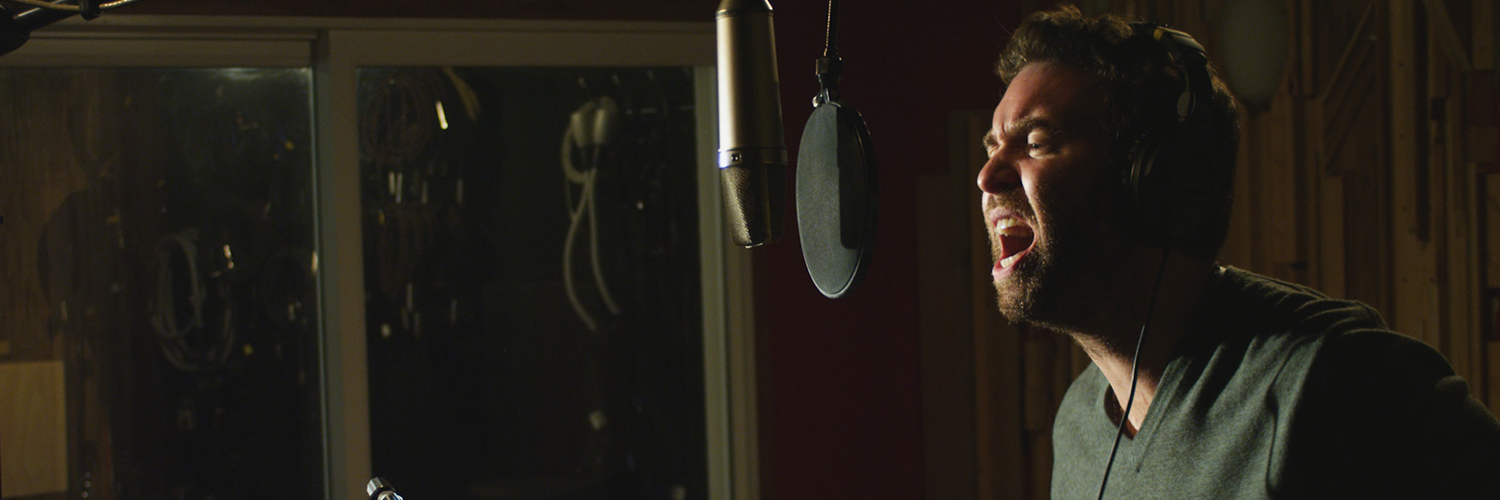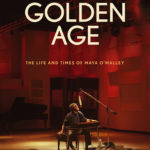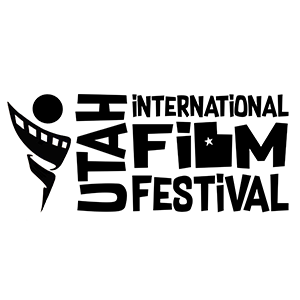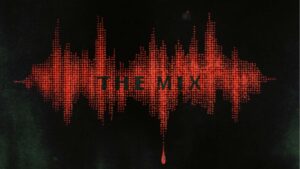The Golden Age


From the beginning moments of toy piano keys sounding in the Mojave Desert to the final shots of an ethereal Indian river and fictional singer Maya O’Malley’s recording session, this film is saturated with passion, gorgeous imagery, and, most essentially, the soulful sounds of Justin Connor’s original music. The Golden Age is a “rockumentary” that transported me with its grassroots rock and the visually immersive spiritual journey of its eclectic singer.
Director, executive producer, writer, composer, and actor Justin Connor seems to have all the cards in his favor for this film and plays them with precision. The technical elements that form the foundation of this film are of impeccable quality and a joy to watch as they complement each other on screen: crisp visuals in perfect rhythm with the beat of studio sound, editing that guides my understanding and emotion on this effortless script’s path, and a realism in multiple media forms that shows meticulous care put into the research and execution for this passion project.
It’s easy to be drawn in when actors bring the script to life like this cast does. I commend them for making every line a discovery and each character rich with premeditated story as they share their recollections with the enigmatic figure of Maya O’Malley, whose music career and spiritual introspection are shown to a deeply personal level. I loved losing the feeling of watching a script and instead feeling like words have become new for telling of this story.
Maya muses on what he likes, ventures where he will, and above all, sings without regard for anyone else’s demands but his own. And sing he does – this film showcases several full versions of the rock musician’s songs that exude such vulnerability that pairs well with the overlaid footage portraying Maya alone, Maya journeying, Maya captivated in the moment of a performance that takes over his whole body. These songs are the highlight of this film and speak volumes for Connor’s talent in both writing and performance.
These songs map the plot of the film that poetically illustrates the rift between Maya and his father, Maya’s personal philosophies and stumbling blocks, and eventual spiritual journey that transforms both himself and his music career, for better or for worse.
The trouble with having a story filled with full-length songs, however, is that the film sometimes fights a battle with its flow – some moments are given a perfect amount of time to build emotion that aids the plot, while others linger too long and distract from the through line of the piece. In other parts of the film, the flow is disrupted with moments that seem out of place: childhood videos that do not appear to connect with the present plotlines at all, avant-garde footage that is an ill fit for the adjacent scenes set in realism, and a few transitions between topics that seemed rushed or not given enough supplemental media like is present in other powerful transitions.
I should note that these criticisms pale in comparison to the mastery of craft this film shows. I can tell how much the creative team loves documentaries with their attention to detail that is consistent with every professional documentary I have seen – the found photographs and footage flesh out Maya as a real person, although his career is (sadly!) fictional. Every segment, amateur and professional, has the appropriate amount of quality to lend authenticity. Every shot helps knit the piece together into what was a wonderful experience.




